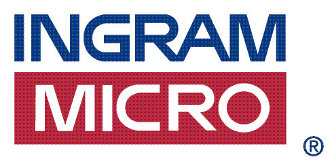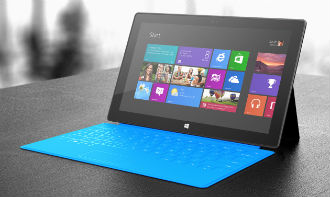 Despite many of us treasuring our mobile devices, we’re not taking precautions to keep them, and their content safe, a study has found.
Despite many of us treasuring our mobile devices, we’re not taking precautions to keep them, and their content safe, a study has found.
In its latest report Norton by Symantec Brits are now living various aspects of their work, social and online lives through their mobile devices, surfing online, downloading apps and making payments through them.
In fact we’re so attached to our mobiles that 40 percent of those queried admitted that they could never give up their mobile device, and close to a quarter of adults even indicated that it would be one of the top two personal items they would save if their house was on fire.
A large majority – 63 percent – of mobile users indicated they also stored and access sensitive information on their mobile devices. However, they don’t seem to be guarding this with their lives with almost a half admitting to not using a password to help protect their personal data.
Norton said that this could prove detrimental in the event of theft or loss, giving thieves “a treasure trove of personal information” stored on the device, which can potentially be accessed. This includes personal emails, which could pave a potential gateway to other sensitive information such as work correspondence and documents, passwords for other online accounts, and bank statements.
The study also reveals that losing a mobile device is common, costly and stressful for consumers.
Around one in four adults have had a mobile device lost or stolen, costing individuals an average of £73 for the replacement or temporary use of a mobile phone, and double the money to replace a tablet.
However, it’s not security that comes to their minds when they lose a mobile phone with 39 percent of those asked claiming they were most worried about incurring costly bills due to telephone calls.
And it seems our keenness to get online is also letting us down with over a third
admitting to not always downloading applications from trustworthy sources, and 28 percent claiming that they do not use secure payment methods when making purchases from their mobile device, leaving their sensitive information such as credit card details vulnerable.
According to the survey, seven percent of UK mobile users have already fallen victim to mobile cybercrime.
Most adults also admitted to using free or unsecured public Wi-Fi hotspots, and half of them were concerned about the potential risks of using free or unsecured public Wi-Fi hotspots, but yet still go ahead.
Just over a third said they used free public Wi-Fi spots to check their personal emails and 16 percent of respondents said they accessed their bank details online through free, unsecured Wi-Fi connections, exposing their sensitive financial details to mobile sniffers.
 Avnet has chosen IBM SmartCloud as its platform for its Cloud Solutions programme in India.
Avnet has chosen IBM SmartCloud as its platform for its Cloud Solutions programme in India.


















